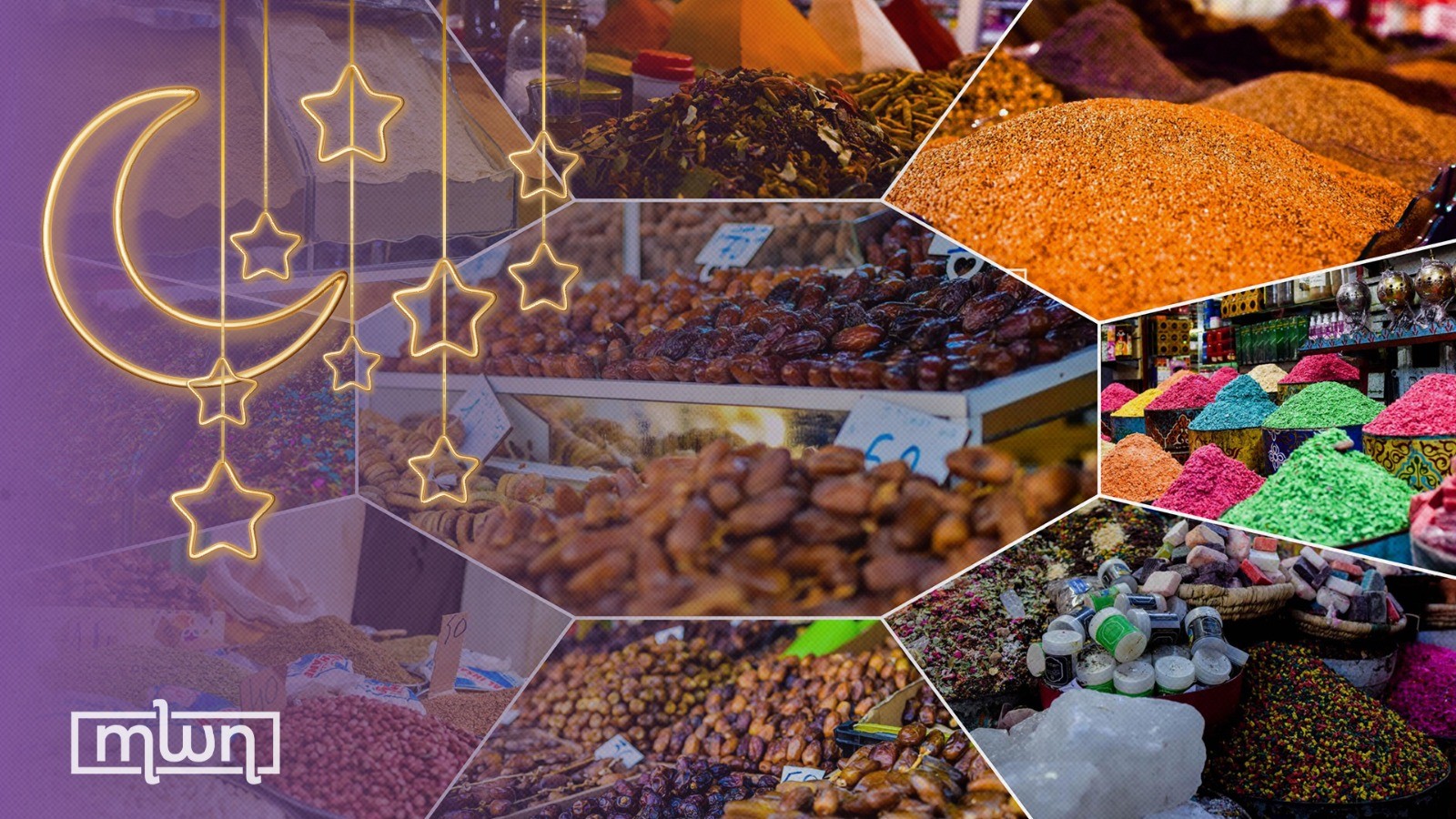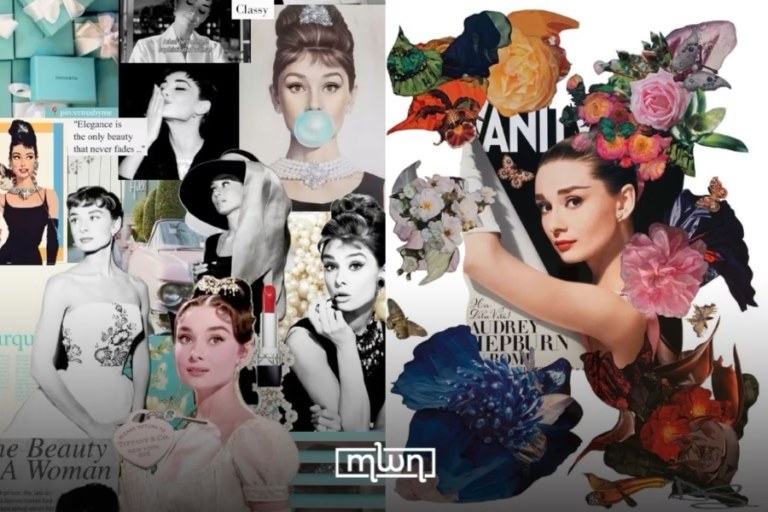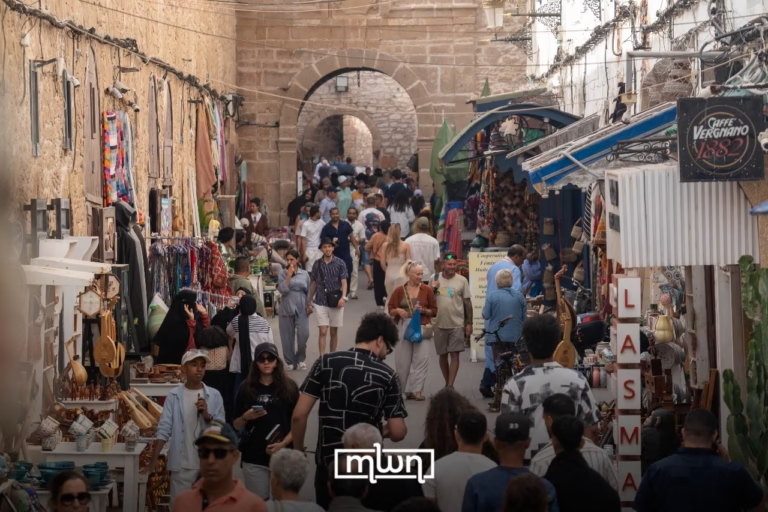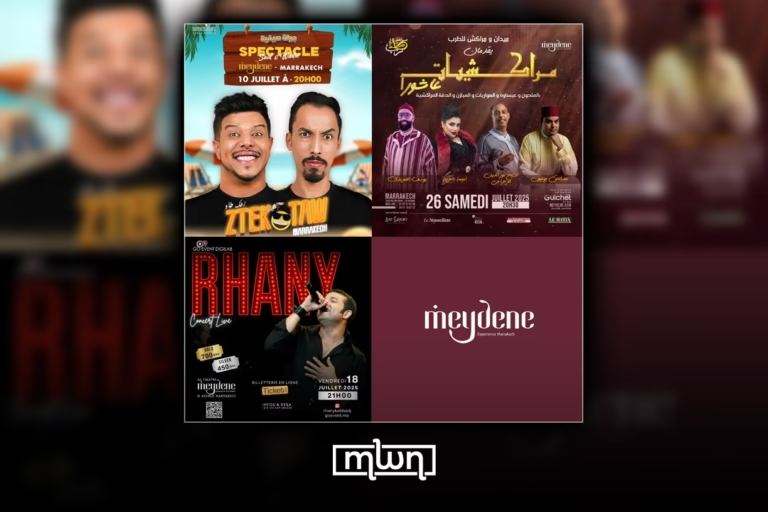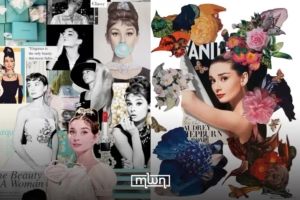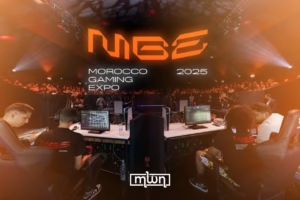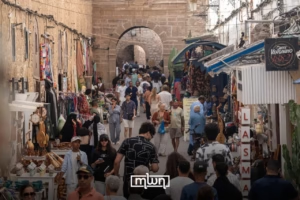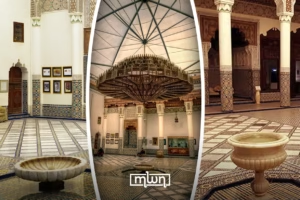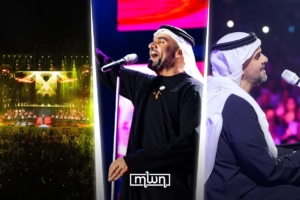Rabat – Moroccans formally begin several traditional customs and preparations leading up to Ramadan, the holy ninth month of the Islamic lunar calendar.
In the hustle and bustle of Moroccan households, it’s not just preparing food; it’s preparing an extraordinary experience filled with flavors and delights.
The markets buzz with energy as people seek out the finest dates, a must-have for breaking the fast.
Vendors present a variety of traditional sweets, nuts, and dried fruits in an intriguing display that pays homage to Morocco’s rich culinary history.

Dates and Dried Fruits
Navigating through stalls adorned with festive decorations, shoppers carefully choose the finest ingredients to prepare delicious Iftar meals.
The air is infused with the banter ofof bargaining, sounds of laughter, and joyous exchanges of warm greetings.
During the lead-up to the Holy Month, women adopt the role of culinary artists, investing time and effort to visit the busy souks.
There, they carefully shop for a variety of ingredients to craft the special treats that define the essence of Ramadan.

Moroccan Ingredients
One such example is iconic Moroccan Sellou, also known as Zemita or Sfouf, which is a nut-based paste made with almonds, sesame seeds, and a variety of other spices and flavorings.
Read Also: The Culture of Sellou, The Top Feel-Home Food for Ramadan in Morocco
Beyond Sellou, another staple of Moroccan Ramadan foods is the sweet treat of Chebbakiya, which is a sesame cookie fashioned like flowers and deep-fried to a golden crispness before being dipped in honey.
Moroccan cuisine is known for its aromatic and complex spice blends. Families stock up on a variety of colorful spices, including cumin, black pepper, ginger, and turmeric.
Apart from the particular components needed, women go grocery shopping to acquire a variety of items like seasonings and herbs to enhance the flavor of their Ramadan dishes.
The souks also witness a surge in demand for Islamic-inspired decorations. One such decor is “Fanous,” or a lantern with a Ramadan theme, visually striking due to the captivating patterns.
Beyond shopping, families embark on a comprehensive cleaning spree, going through every corner of their homes.
This includes dusting, sweeping, mopping, and scrubbing surfaces to ensure a spotless and welcoming environment.
Alongside cleaning, families infuse their homes with decorative elements that symbolize the festive spirit of Ramadan.
Traditional Ramadan decorations, like crescent moons, stars, and calligraphy with religious messages, are used in many houses.
Read Also: Minister: Morocco’s Market is Well-Stocked for Ramadan
Yet, beyond the aesthetics, people intensify their religious dedication and embark on journeys of spiritual preparation for the holy month.
This could entail making a deliberate effort to ask for forgiveness and make amends with others with whom they may have strained relationships.
Additionally, Moroccans practice kindness and charity, called Zakat, including lending a hand to people in need.
Muslims fast from sunrise to sunset during Ramadan during this holistic experience. It is a celebration of faith, community, and self-discipline.
Moroccans embark on a curated journey of tradition, spirituality, and cultural finesse that is as old as time, as the Ramadan countdown begins.

